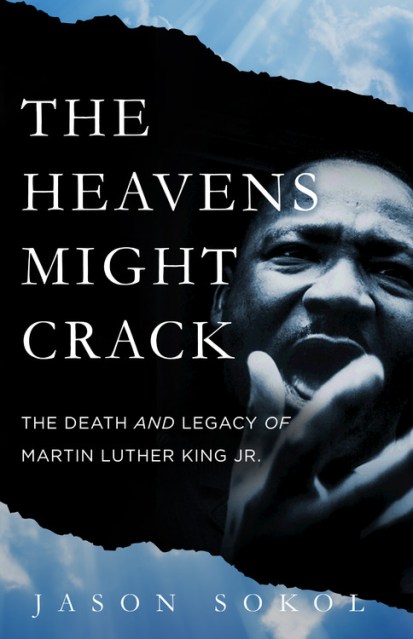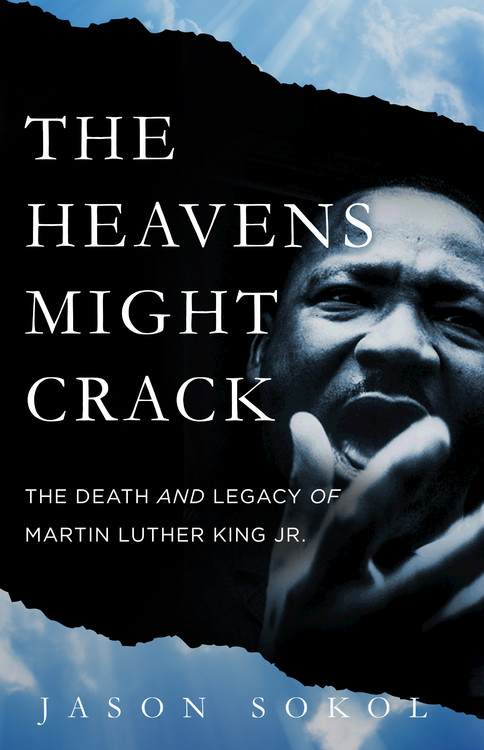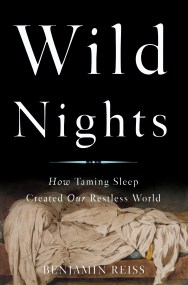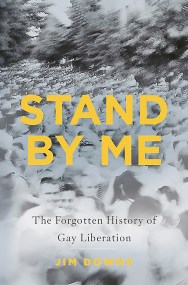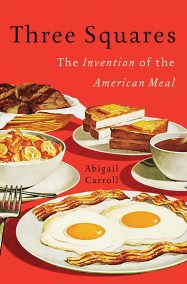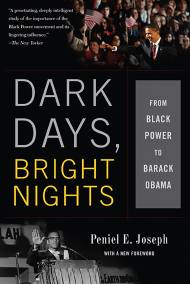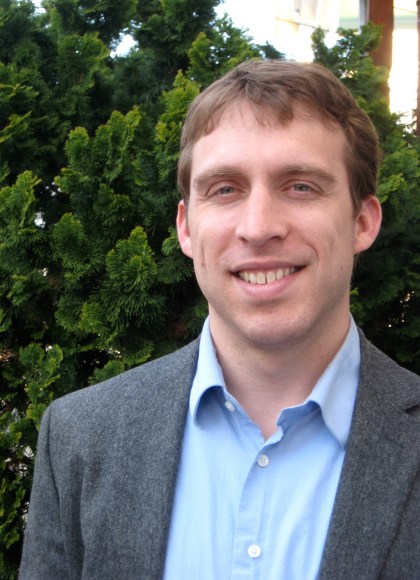Promotion
Use code BEST25 for 25% off storewide. Make sure to order by 11:59am, 12/12 for holiday delivery!
By clicking “Accept,” you agree to the use of cookies and similar technologies on your device as set forth in our Cookie Policy and our Privacy Policy. Please note that certain cookies are essential for this website to function properly and do not require user consent to be deployed.
The Heavens Might Crack
The Death and Legacy of Martin Luther King Jr.
Contributors
By Jason Sokol
Formats and Prices
- On Sale
- Mar 20, 2018
- Page Count
- 352 pages
- Publisher
- Basic Books
- ISBN-13
- 9780465055913
Price
$35.00Price
$46.00 CADFormat
Format:
- Hardcover $35.00 $46.00 CAD
- ebook $19.99 $24.99 CAD
- Audiobook Download (Unabridged)
This item is a preorder. Your payment method will be charged immediately, and the product is expected to ship on or around March 20, 2018. This date is subject to change due to shipping delays beyond our control.
Buy from Other Retailers:
On April 4, 1968, Martin Luther King Jr. was fatally shot as he stood on the balcony of the Lorraine Motel in Memphis. At the time of his murder, King was a polarizing figure — scorned by many white Americans, worshipped by some African Americans and liberal whites, and deemed irrelevant by many black youth. In The Heavens Might Crack, historian Jason Sokol traces the diverse responses, both in America and throughout the world, to King’s death. Whether celebrating or mourning, most agreed that the final flicker of hope for a multiracial America had been extinguished.
A deeply moving account of a country coming to terms with an act of shocking violence, The Heavens Might Crack is essential reading for anyone seeking to understand America’s fraught racial past and present.
Genre:
-
"Comprehensive and illuminating...As we enter the second quarter of 2018, mid-term elections, an increasing sense of divisiveness through race, economic disparities, and the looming specter of war anywhere and everywhere as a means of distraction, Sokol's The Heavens Might Crack should serve as a critical reminder of what Americans are capable of. This work is an important addition to an already impressive library of civil rights narratives and Martin Luther King biographies."PopMatters
-
"This striking and complex new work looks not so much at King himself as it does at the impact of his death and how it opened a wound in the country that has yet to heal. Sokol moves from the hours and days after his death to the present day, looking at Obama's election, the Black Lives Matter movement, and NFL player Colin Kaepernick's taking a knee during the national anthem."Boston Globe
-
"Revealing... Sokol mines oral histories, books and contemporaneous news stories to pull together an account that reminds us that King was a radical who ignited passions both good and bad... While [the] broad outlines of King's story are well chronicled and fairly well known, the real punch in Sokol's book comes as it drives home the depth of the animus stirred by King and how it lingered in the months and years after his assassination."WashingtonPost
-
"Shines a light on the unexplored aspects of King's life and work and provides new perspectives on his rich legacy. The Heavens Might Crack is a meticulously researched work by a historian whose scholarship remains unmatched."Washington Book Review
-
"Drawing on archival sources, oral histories, interviews, and local, national, and even college newspapers, Sokol offers a richly detailed analysis of the impact of King's death on blacks and whites of all stripes... A revealing examination of how a 'courageous dissident' became a martyred saint."Kirkus Reviews
-
"[A] fascinating look at King's importance as a revolutionary American humanitarian and his legacy... Sokol offers a well-written, new perspective on [King's] life here that all readers interested in twentieth-century history and the story of civil rights activism will find insightfully informative."Booklist
-
"Sokol is an assured writer, deploying revealing, striking anecdotes... This book offers valuable yet painful insight into the paradox of King's stature throughout history."Publishers Weekly
-
"Using a wide range of sources, from college newspapers to oral histories, Sokol dramatically demonstrates that even as King was canonized, factions split and fought over his legacy to advance their own visions and agendas."National Book Review
-
"[The Heavens Might Crack] places King in a balanced perspective both at home and abroad. This even-handed account helps explain the irony that King, in his day, was largely unpopular outside of African American communities yet now has become a symbol of American democracy. A highly readable volume that will appeal to a spectrum of scholars, students, and the general public interested in African American politics."Library Journal, starred review
-
"Jason Sokol has done it again!... In vivid prose rooted in deep, wide-ranging research, The Heavens Might Crack is an indispensable read for all who would comprehend the past and care for our future."Harvard Sitkoff, emeritus professor of history, University of New Hampshire
-
"Jason Sokol's book is not a biography of MLK, it is something more.... A most powerful book: well written, deeply researched, thoughtful, and honest."Nick Salvatore, Cornell University
-
"Coming at a moment when an open racist occupies the highest office in the land and white terrorists proudly march in our streets, Sokol's book helps us understand how we got here, and how the forces of hatred and bigotry that ended King's life were never fully extinguished but remain very much with us today. A must read."Andrew W. Kahrl, author of Free the Beaches: The Story of Ned Coll and the Battle for America's Most Exclusive Shoreline
-
"The Heavens Might Crack is an important, timely, and invigorating addition to the vast literature on Dr. Martin Luther King Jr. By examining the evolution of King's legacy after his death with great care and deft analysis, historian Jason Sokol offers new insights into the meaning of a life that continues to shape contemporary American democracy."Peniel E. Joseph, author of Stokely: A Life
-
"Jason Sokol details with aching clarity how King's assassination and the urban uprisings of April 1968 sent shock waves across the landscapes of America's racial crisis and the world's revolts.... The heavens might have cracked, but Sokol's not-too-distant mirror shimmers with intensity and the recognition of King's continued relevance to our own travails."Thomas F. Jackson, associate professor of history, University of North Carolina
Newsletter Signup
By clicking ‘Sign Up,’ I acknowledge that I have read and agree to Hachette Book Group’s Privacy Policy and Terms of Use
